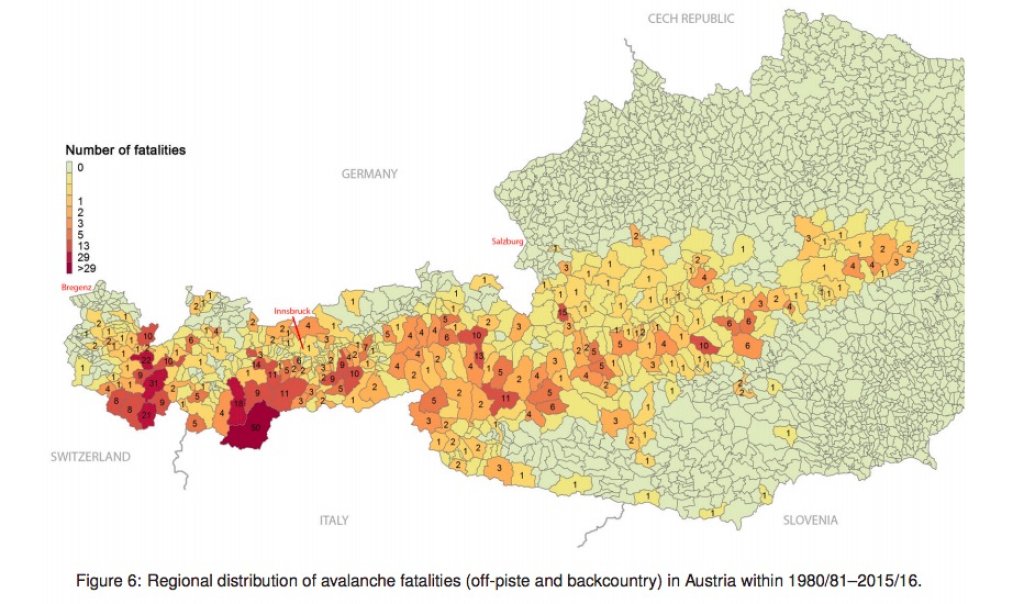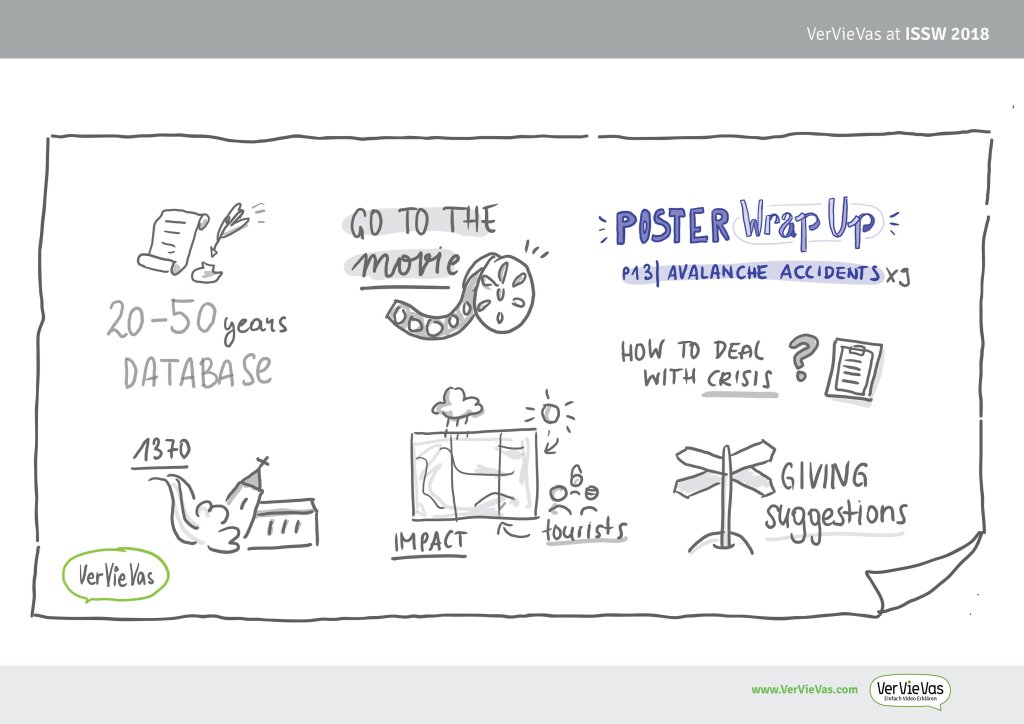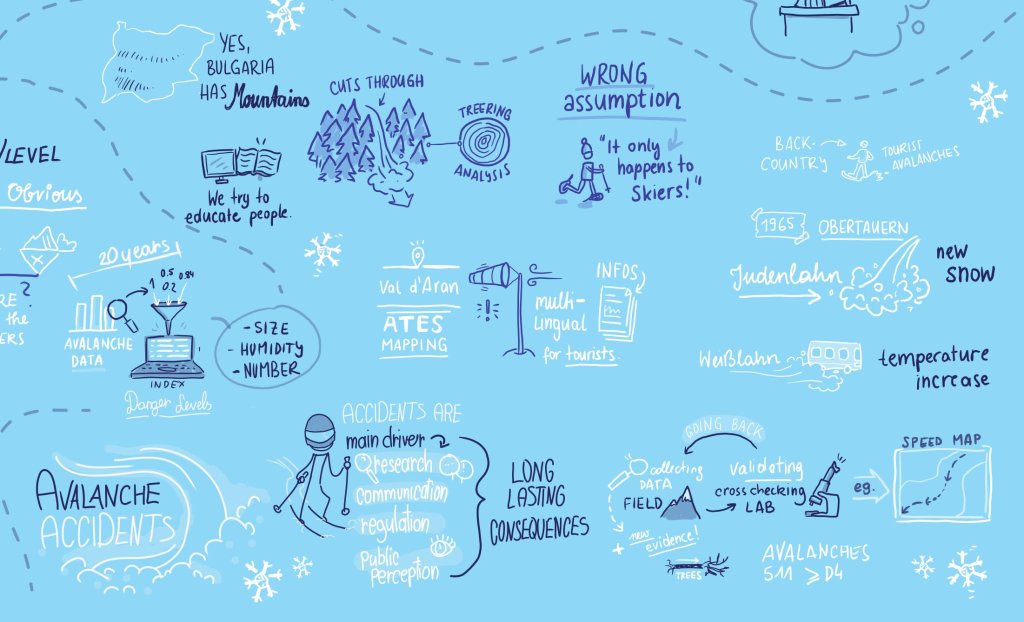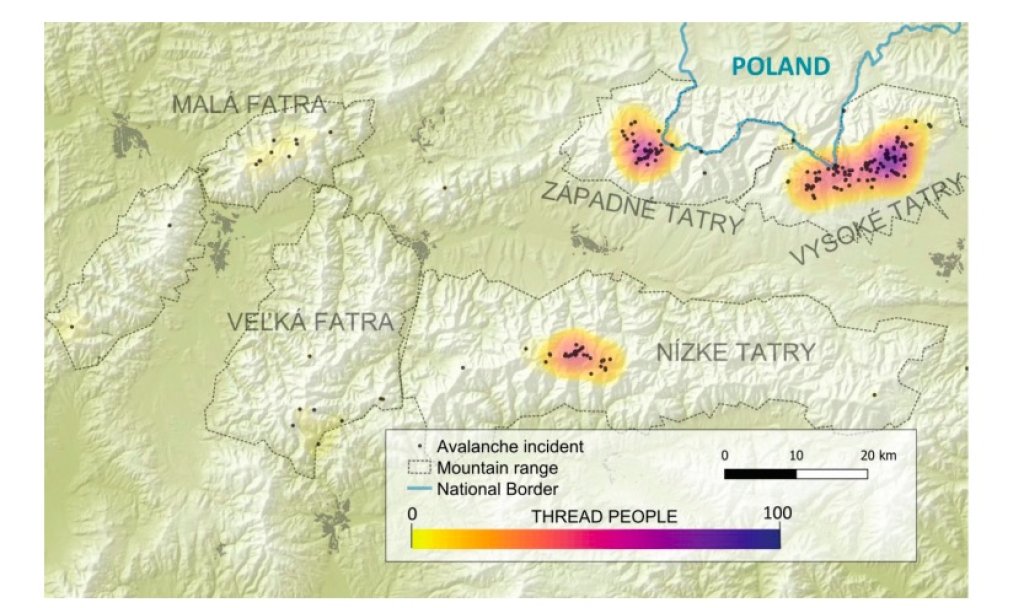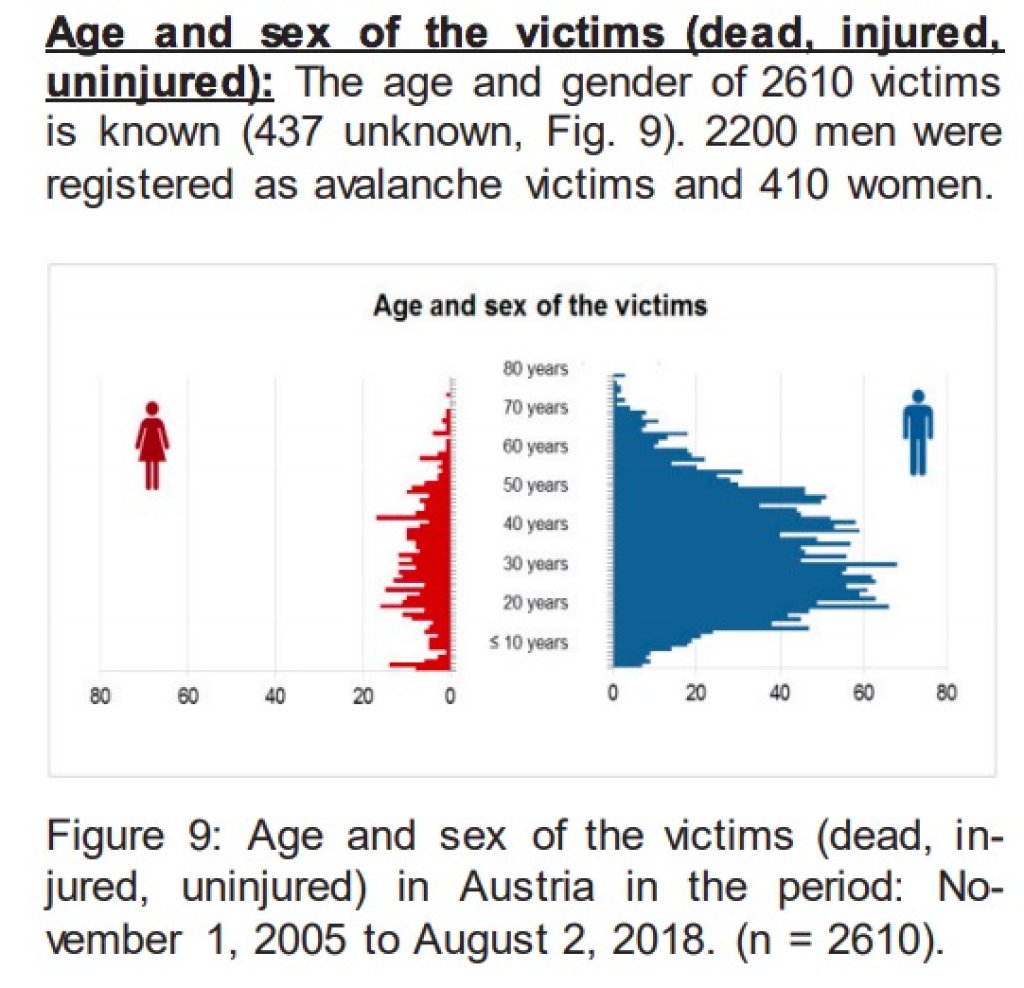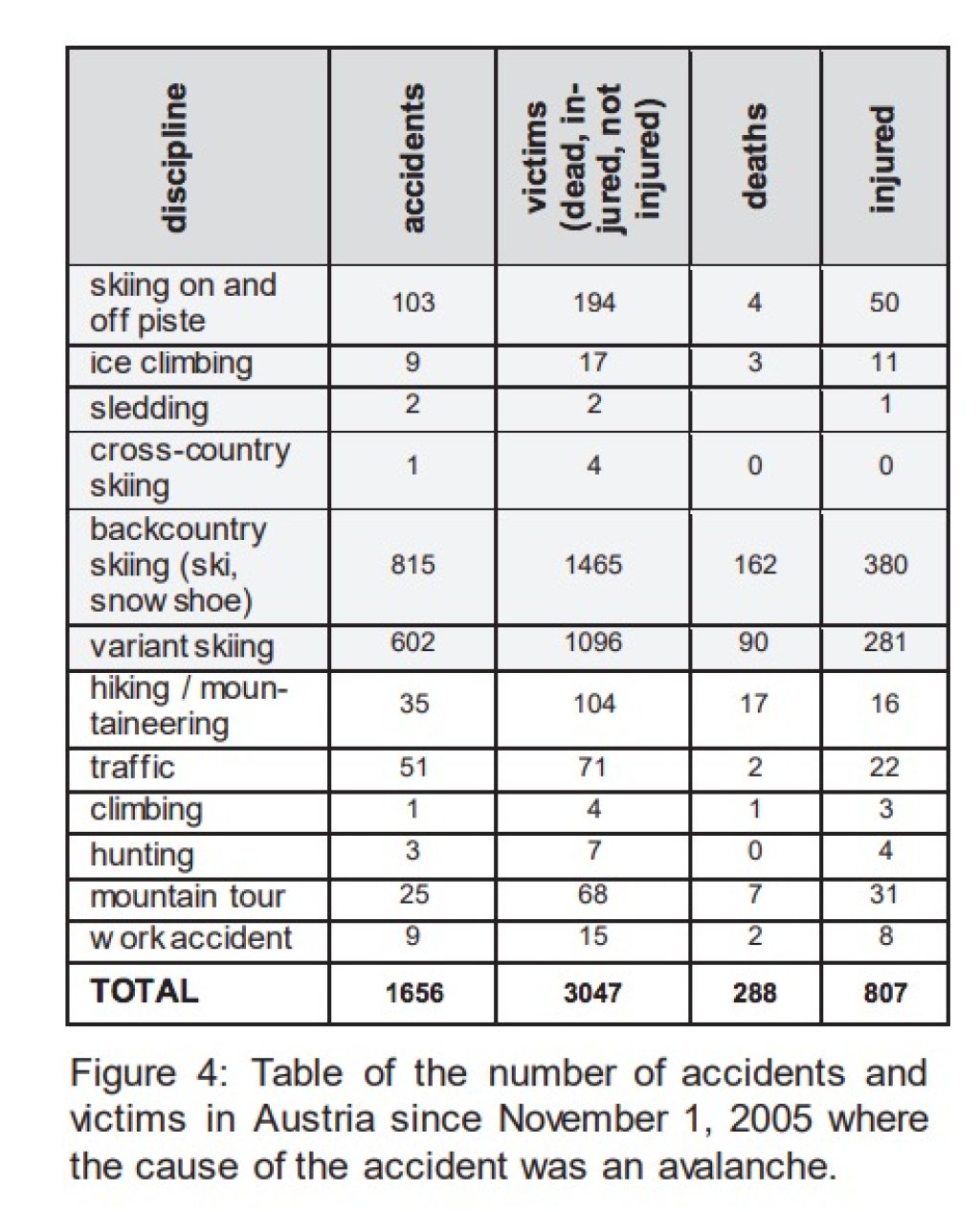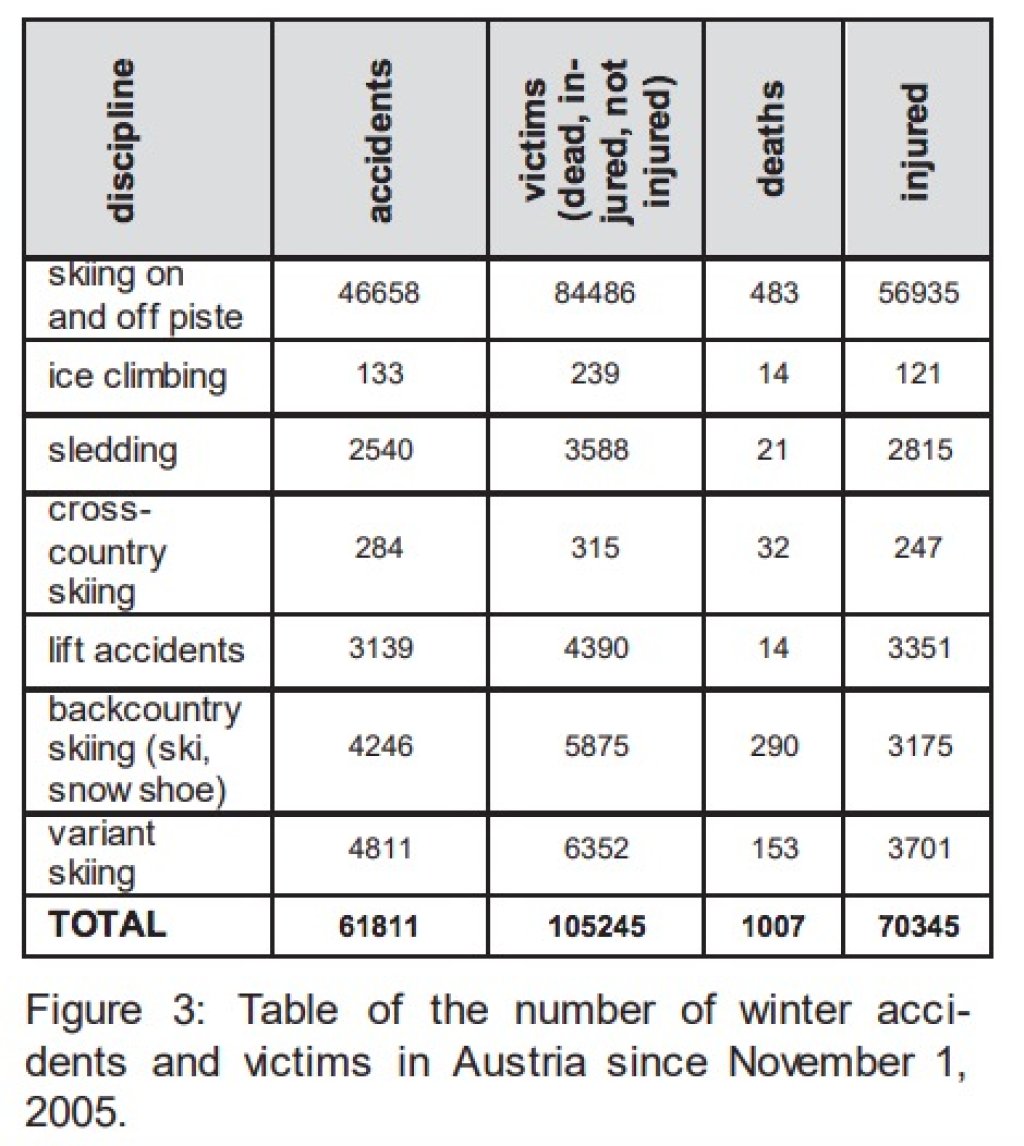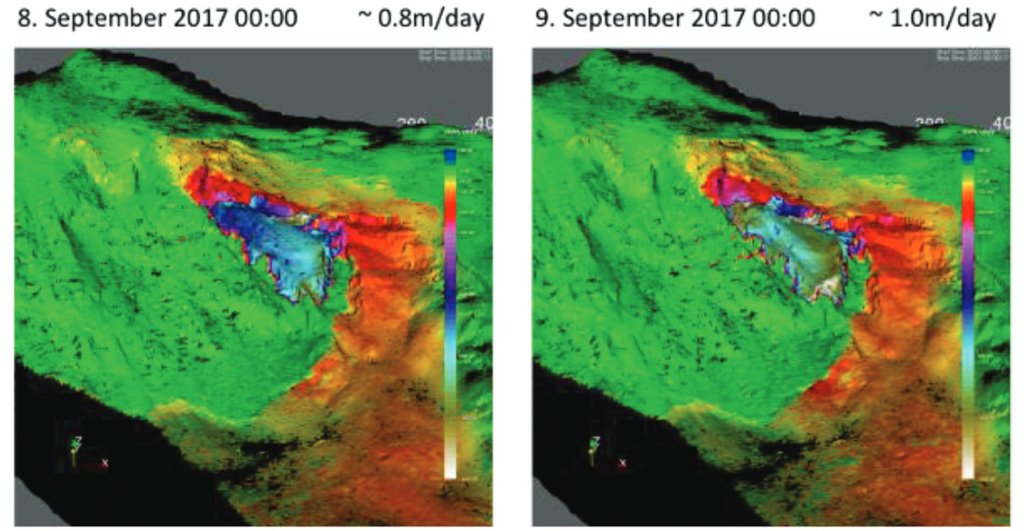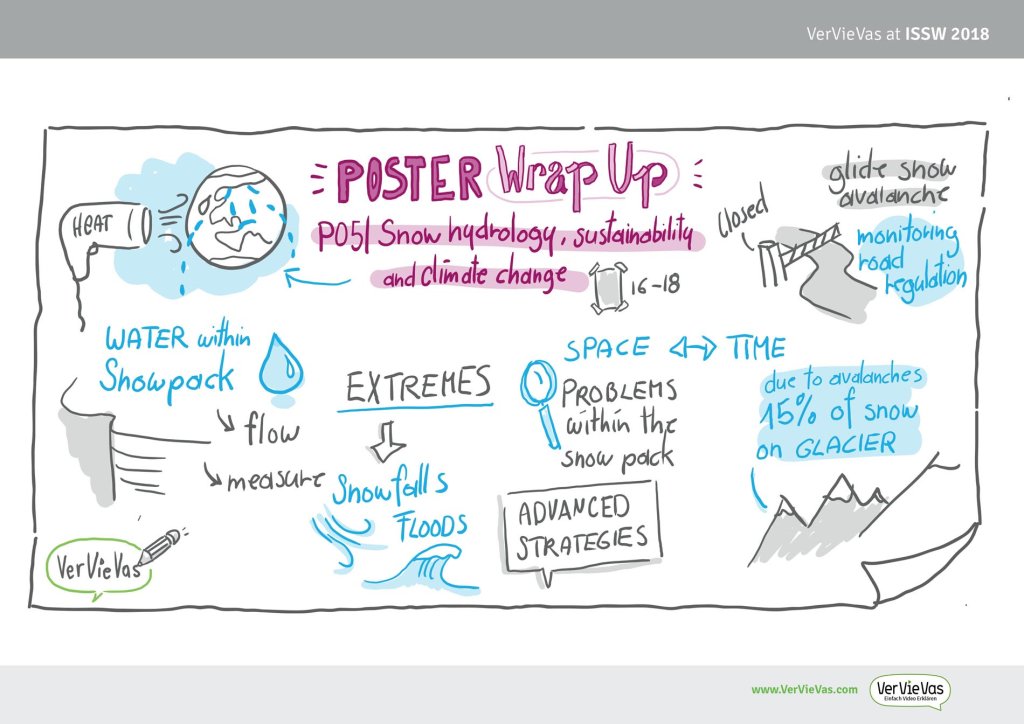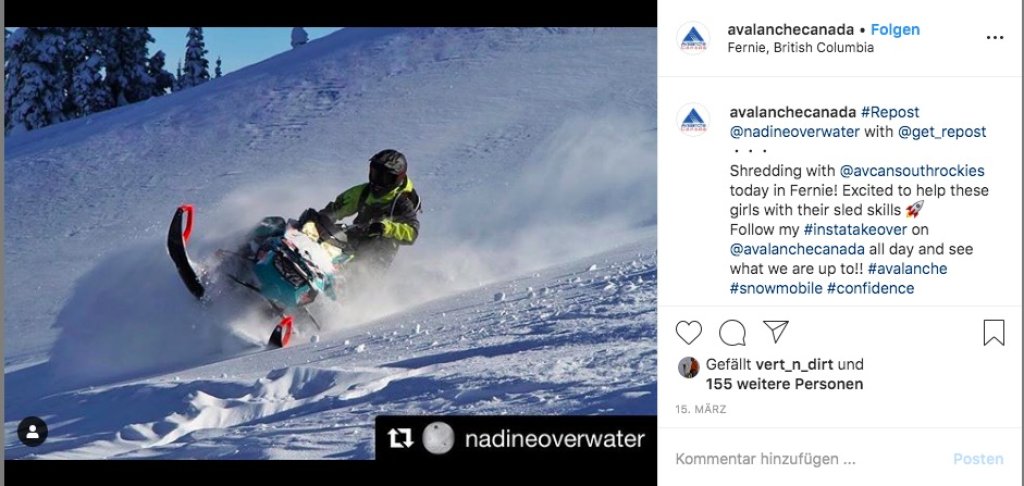Special Topic Avalanche Accidents (Session 13)
The contributions in this session can be divided into two main categories: On the one hand, individual avalanche periods or avalanche accidents are discussed that were "special" in some way - for example, due to particularly high damage or extreme weather conditions. On the other hand, several research teams or LWDs focus on the long-term development of avalanche accident statistics in their region and corresponding statistical patterns with regard to: "Who? How many? When? Why?"
Individual events, catastrophic avalanches, extreme situations
On the occasion of the 50th anniversary of the founding of the Austrian Board of Trustees for Alpine Safety (KURASI), the two avalanche accidents that were decisive for this foundation were remembered: On January 3, 1965, a group of Dutch youths were caught in an avalanche on the road between Obertauern and the Hotel Scheidegg. 3 people lost their lives. On March 2 of the same year, a coach was pushed off the road by an avalanche not far from the first accident site. 14 passengers died and many more were injured. The second accident also had legal consequences, as the road was open at the time of the accident, and ultimately led to the founding of the KURASI, which has had a cross-organizational, documentary function ever since. In addition, the board of trustees - on the basis of its own now very extensive database - makes recommendations for the prevention of alpine accidents. (The catastrophic avalanches in 1965 near Obertauern and the 50th anniversary of the Austrian Board of Alpine Safety, Höller, O13.3)
One avalanche accident in the recent past that those affected hope will lead to changes in dealing with the risk of avalanches is the accident in Sölden in 2015, in which two young racers from the USA lost their lives. The families of the victims have founded an organization that raises awareness, particularly in the USA and in racing. At the ISSW, the mother of one of the victims called for the danger level scale to be redesigned so that LWS 3 should already represent the maximum, potentially fatal warning level. In addition, communication of the danger and the secured and unsecured areas in the ski resorts must be improved. She also criticized the often trivializing, powder-heavy marketing of many ski resorts (Soelden 2015 avalanche: What can be learned, Berlack, no extended abstract).
The avalanche that destroyed a hotel in Rigopiano (Italy) in January 2017 also had legal repercussions. As part of the investigation and court proceedings, experts were called in to clarify how the avalanche occurred and to investigate the collapse of the hotel from a structural engineering perspective. In a session contribution, they explain the "forensic" avalanche investigation that takes place after a large damaging avalanche.
The corresponding snowpack investigations were not only complex due to the terrain and existing avalanche risk, but also had to be carried out as quickly as possible before conditions changed too much. In addition to the usual snowpack investigations, the avalanche path was measured in detail and forest damage was precisely recorded, as this allows conclusions to be drawn about the avalanche dynamics. Dendrochronological studies can theoretically provide indications of the frequency of large avalanches in certain avalanche paths, but in this case it was concluded that the avalanche was so large that it would have destroyed all the trees that could have "experienced" earlier, similar avalanches. Geomorphological, geophysical and GIS-based investigations indicate that there may have been large avalanches at the accident site in the past, but that these rarely occur (The 18th January 2017 Rigopiano avalanche disaster in Italy - Analysis of the applied forensic field investigation techniques, Chiambretti et al, O13.4).
Less tragic, but spectacular from a weather perspective, was the heavy precipitation in Lower Austria in April 2017. The LWD Lower Austria reviews this event: After the daily situation report had already been discontinued at the end of March, the third week of April was a wake-up call. Over 200 cm of fresh snow fell in 30 hours. On April 20, LWS 5 was issued in the Ybbstal Alps - very, very unusual for Lower Austria - and some roads were closed. Sliding snow avalanches were the main problem. No people were injured and the tone in the (German-language) review by the LWD Lower Austria seems more pleased and fascinated than concerned - when compiling this summary, this was a welcome change between all the not at all pleasing disaster reports (Avalanche Danger Level 5 in Lower Austria in April 2017 - a Case Study, Studeregger et al., P13.6.).
